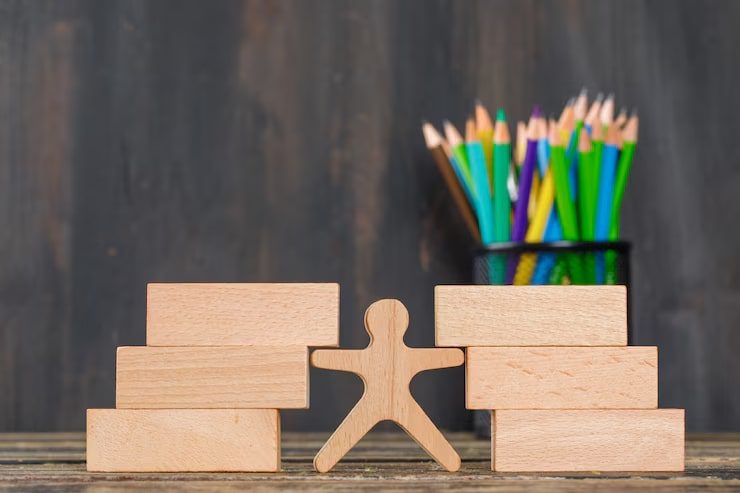Like any other aspect of life, self-confidence is an essential component for achieving success in all or most areas. Cognitive systems affect our choice-making, social interactions, and assessment of quality of life. The American Psychological Association has conducted a study indicating that society people have high self-esteem and pro-activity, and they are more likely to perform challenges and achieve their set goals. It means that the process of building self-confidence is a process that takes time, often involving one’s dedication and regular efforts. Here are five practical and powerful ways you can use to build on your self-confidence.
Set Achievable Goals
It is apparent that in the process of self-confidence building, the first critical step is the right setting of achievable goals. When making your goals, begin with goals that you can easily achieve but that contribute to greater goals. This could be anything from doing something at the office to a sport or a musical instrument. Every time you succeed in attaining a goal, regardless of its complexity, you build credibility in your mind. Various studies show that few get to achieve their New Year’s resolutions with a paltry 8%, according to research from the University of Scranton. For this reason, the best way of achieving your objectives is to divide them into practicable sub-targets.
Practice Positive Self-Talk
To build positive self-confidence, there must be a change in the way you communicate with yourself. Another limitation that arises from such negative self-talk is that it will create self-doubt and excessive anxiety. But instead, practice positivity and say positive things to yourself each day. It could contain phrases such as “I am competent” or “I can deal.” According to research done by Maracek, Ruscher, and Davis in the Journal of Personality and Social Psychology, self-talk can predict and influence one’s mood as well as confidence. In the long run, these affirmations help to reshape your mind to enable an individual to approach most situations.
Identify, Analyze, and Admire Failure
Everyone will fail at something at some point in his or her life, but that is not an excuse not to try. Some of them have said that they owe most of their success to downfalls that they have faced in their lives. Unfortunately, having a growth mindset alters the way people look at failures. Do not consider a failure as a signal of your capabilities but as a ladder on a process of further development. If one is to focus on a personal growth mindset, three papers from Stanford University prove that one is more persistent and ready to tackle risk, with a result of increased confidence.
Take Care of the People You Are Associated With
Who you surround yourself with has a direct effect on your level of self-esteem. It is identified that the embrace of a positive-supportive culture fuels self-actualization. Find your positive role models in friends, mentors, or colleagues who make you smile and who give you genuine constructive criticism. Being part of a supportive community makes you acknowledge them and celebrate such attainment. A study conducted by scholars from the University of Michigan showed that people who are surrounded by support have higher self-esteem and are more confident.
Exercise and focus on your diet
The mental health paper also established that the physical status of an individual has a strong bearing on their well-being. Exercise, proper nutrition, a proper diet, and proper sleep can help increase your energy and make you happy. Performing physical activity will unlock neurotransmitters such as endorphins that will make you feel happy and confident. According to the World Health Organization, it is desirable to do at least 150 minutes of active physical activity a week for adults. Which incidentally gives you a great start in the process of building self-confidence because you are putting yourself first.
Conclusion
Self-confidence does not happen automatically; it is a process that may take some time to develop. Over time, failure can be beaten by goal setting, positive affirmations, embracing failure, surrounding yourself with positive people, and the practice of physical exercise. The essence that should be put into context is that self-confidence is not a genetic characteristic but rather a work in progress.







